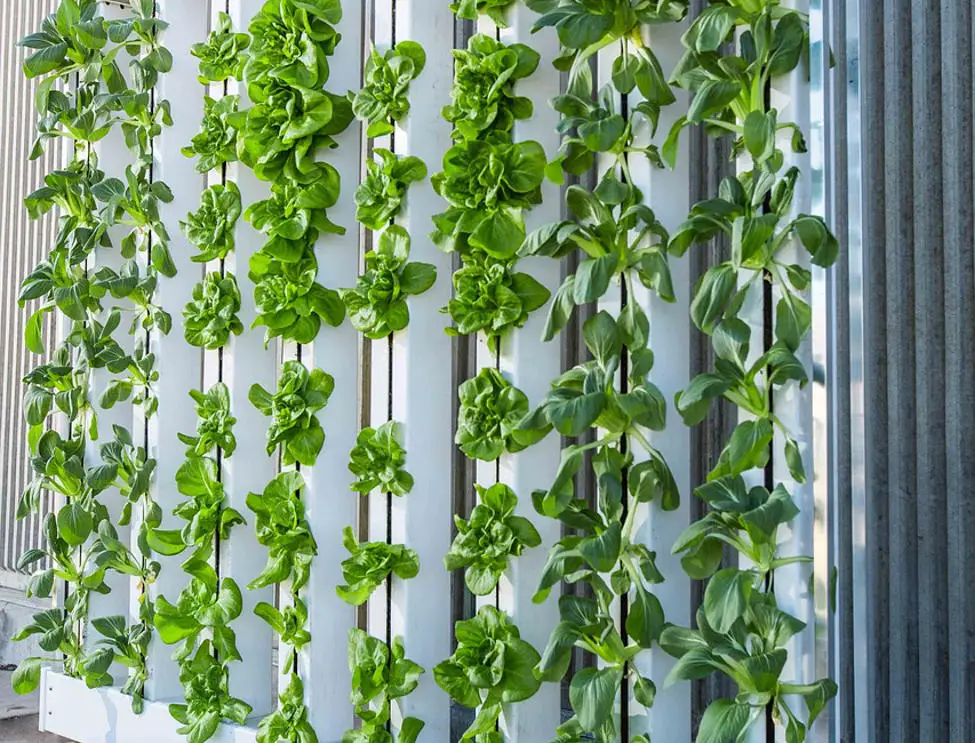In the realm of hydroponic gardening, Aeroponics emerges as a cutting-edge technique that offers unparalleled efficiency and innovation. This method, which relies on air rather than water to deliver nutrients to plant roots, represents a paradigm shift in cultivation practices. In this guide, we’ll delve into the world of Aeroponics, unravelling its principles, advantages, and how you can harness its potential to cultivate thriving plants.
Understanding Aeroponics
Aeroponics is a hydroponic system that delivers nutrients to plant roots through a fine mist or spray of nutrient-rich water. Unlike traditional soil-based methods or other hydroponic systems, Aeroponics suspends plant roots in a nutrient-rich mist, providing oxygen, moisture, and essential nutrients directly to the roots.
Components of the Aeroponics System
The Aeroponics system comprises several key components essential for its operation. A reservoir holds the nutrient solution, while a high-pressure pump and misting nozzles generate and disperse the nutrient-rich mist. Plant roots are suspended in a growing chamber or container, allowing them to receive nutrients from the mist.
How Does the Aeroponics System Work?
In Aeroponics, plant roots are suspended in the air within a closed chamber or container. A high-pressure pump generates a fine mist of nutrient-rich water, which is then sprayed onto the roots at regular intervals. This mist provides plants with oxygen, moisture, and essential nutrients, promoting rapid and vigorous growth.
Advantages of Aeroponics
Aeroponics offers several advantages that make it an attractive option for hydroponic gardening. The system provides plants with a highly oxygenated environment, resulting in faster growth rates and higher yields. Additionally, Aeroponics uses less water and fewer nutrients compared to other hydroponic systems, making it a more sustainable and eco-friendly choice.
Suitable Plants for Aeroponic Gardening
A wide range of plants can thrive in an Aeroponics system, making it a versatile option for cultivation. Leafy greens such as lettuce and spinach, herbs like basil and cilantro, and even fruiting plants like tomatoes and peppers can flourish in an Aeroponic setup. Understanding the specific requirements of each plant is essential for successful Aeroponic gardening.
Setting Up Your Aeroponics System: A Step-by-Step Guide
Setting up an Aeroponics system requires careful planning and attention to detail. Begin by choosing a suitable container or chamber for your plants, ensuring that it provides adequate space for root growth. Install a high-pressure pump and misting nozzles to generate and disperse the nutrient-rich mist. Plant your chosen crops, and monitor environmental conditions closely to ensure optimal growth.
Challenges and Considerations for Aeroponic Gardening
While Aeroponics offers many benefits, it’s essential to be aware of potential challenges. Maintaining proper humidity levels and preventing clogging of misting nozzles are crucial for ensuring consistent nutrient delivery. Additionally, monitoring nutrient levels and pH levels is necessary to prevent nutrient deficiencies and imbalances.
Reaching New Heights with Aeroponics
Aeroponics represents a revolutionary approach to hydroponic gardening, offering unparalleled efficiency, sustainability, and innovation. By understanding its principles and advantages, beginner gardeners can unlock the potential of Aeroponics to cultivate thriving plants in a nutrient-rich mist. Setting up an Aeroponics system opens up a world of possibilities, allowing you to grow a wide range of crops with ease. Soar to new heights with Aeroponics and watch your plants thrive in the nutrient-rich air!
